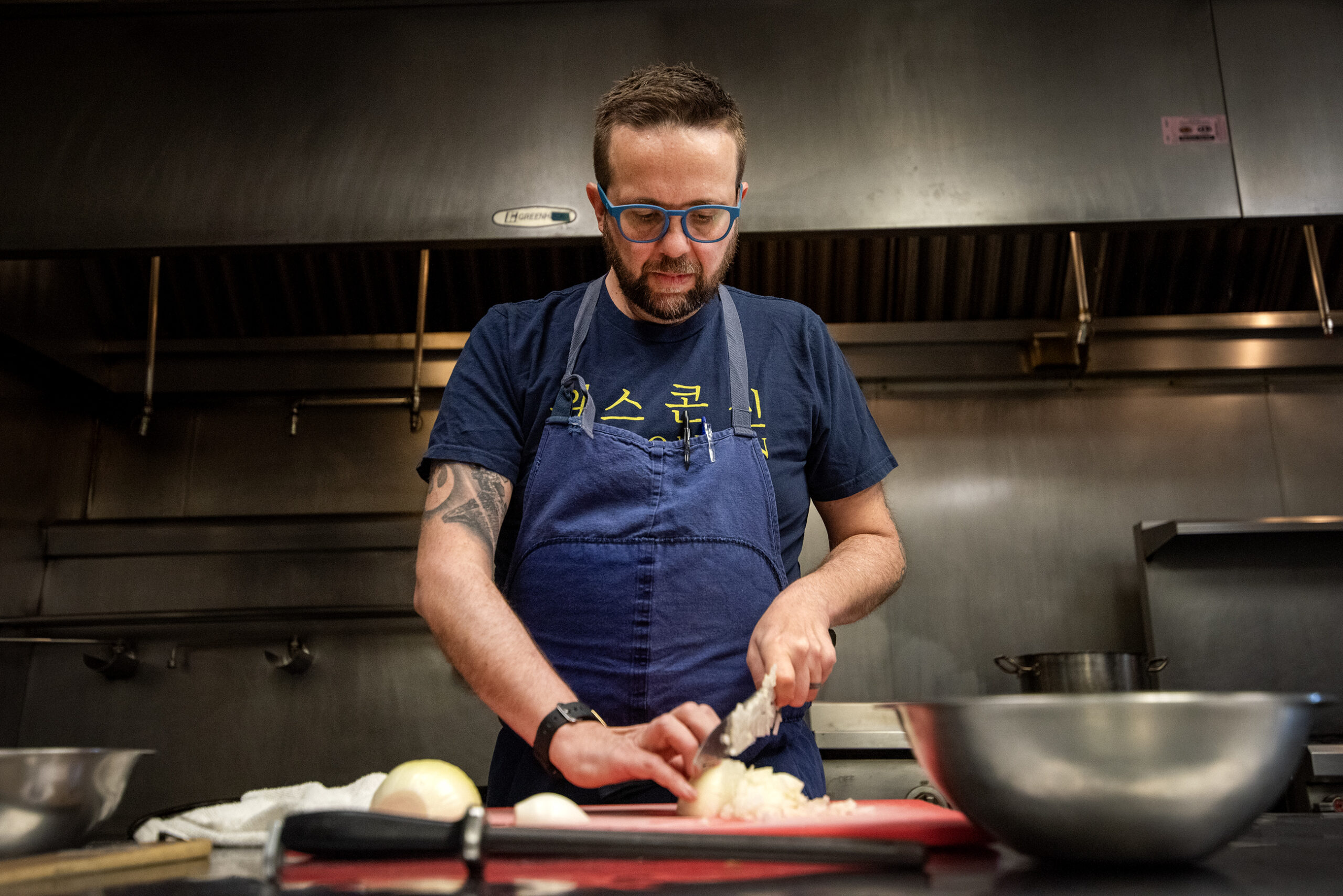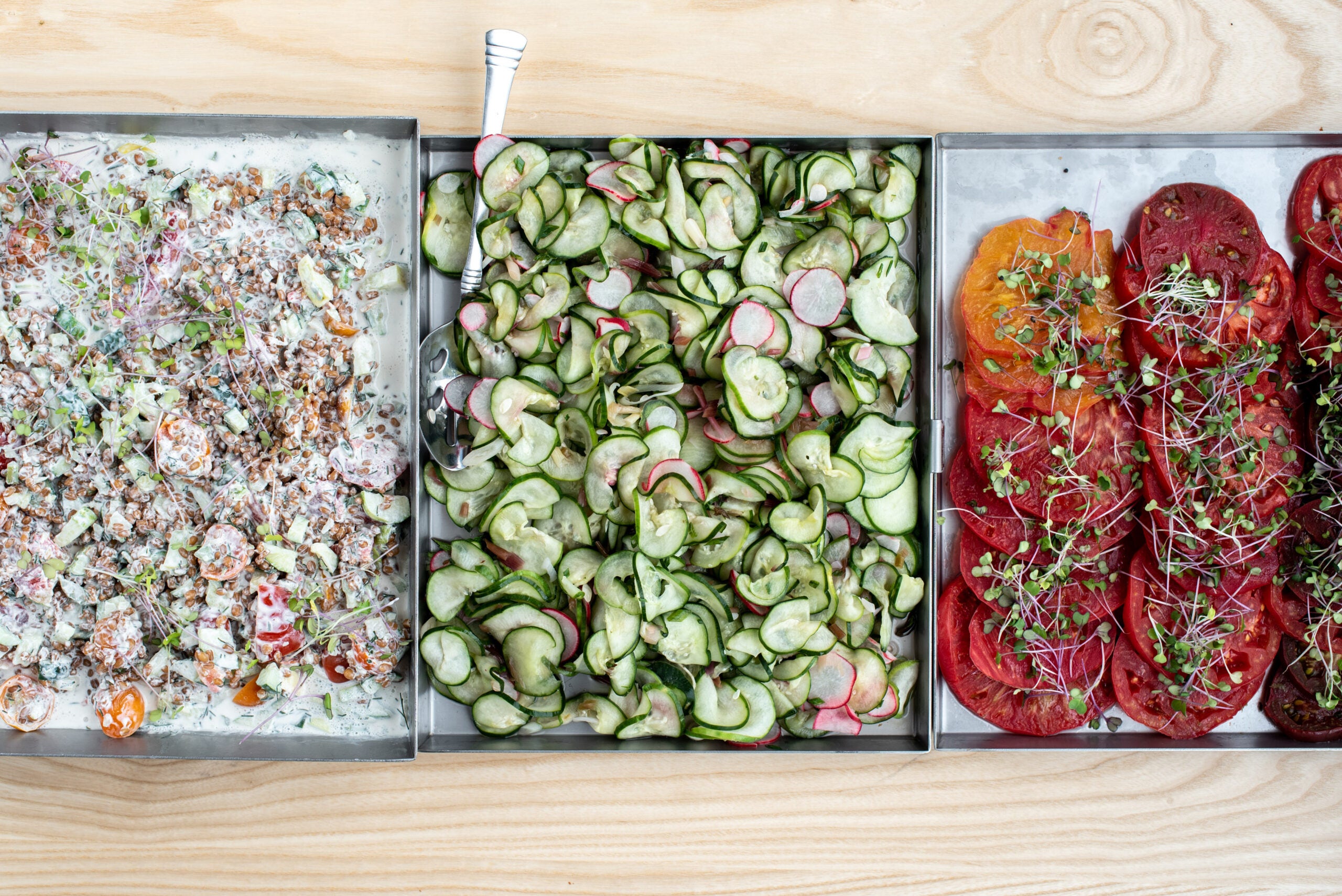Wine is not only delicious, it’s also fascinating to learn about. Larry Meiller learns how to decipher a wine list. Plus, a new trend in wine service — wine on tap!
Featured in this Show
-
Expert Offers Tips For Deciphering Wine List
A well-paired wine can turn a good meal into a memorable experience. But when someone is out at a restaurant and is handed a long wine list, it can be stressful to choose the right type for taste, meal and budget.
Jessica Bell, of My Wine School, said she wants to demystify the world of wine so people can choose with confidence, and most importantly, relax and enjoy what’s in the glass.
Bell said she recommends using the server as a resource when deciding on a wine. A restaurant should only have as many wines on the list as the staff can know and explain well.
“If you’ve got a small staff and you’re not training them a lot on wine, then it should be a small list,” she said. “Because you want that server who’s standing in front of you to know about the wines. So, if you do have a list with hundreds of wines, they should have a person who’s dedicated to that wine list. It could be a server, too, but they need to have someone who’s on the floor to advise.”
That’s what Bell calls a “responsible” wine list.
Even if they have similar numbers of options available, not all wine lists look the same, she said. They can be organized in a number of ways. Bell said that one of the most common ways is by color: red, white, rosé and sparkling, for example.
Grouping by region is also used, and for Bell, because that is how she learned about wines in her studies, that’s the preferable way to think about the choices.
On wine lists in the U.S., Bell said that grouping by grape varieties in the most common. So, a person might see all the Malbecs, Chardonnays, or Moscatos listed together. Another option is by wine type, using headings like “light and fruity” or “full-bodied and earthy.”
For Bell, the jury is still out, but for some wine drinkers, it’s an easy way to zero in on what they might want to try.
No matter how the larger groupings are sorted, there will likely be several wines under each. The order of those specific wines can indicate a number of things. Some will list them according to vintage, while other restaurants may list them by price. Bell finds the latter very helpful.
“Price is a very big determinant,” she said.
In fact, she recommended using what a person wants to spend and possibly color of wine as the first two ways to start paring down that list. Just by using those two criteria, “you’ve already taken out anywhere from half to three-quarters of the wine on the list,” she said.
There’s no reason to be shy or embarrassed by having an idea of what to spend for a bottle of wine, she said. After all, people use price as a deciding factor for most of what they purchase in life.
When someone has narrowed it down to three to five wines that are in a budget range, Bell recommends showing them to the server, and asking for their advice, especially given what the members of the party plan to eat. She said that a good server will not make a person mention a price that they’re looking for, but will take his or her cues from the few that are mentioned.
She said there’s another benefit to bringing the server into the decision.
“It puts the pressure on the server. So, if it’s not a good wine and no one thinks it’s a good wine, you can say, ‘Well, I didn’t pick it!’ So, you did the legwork, but you’re not on the hook if people like it or don’t.” Bell said.
Like in many areas of life, technology is making inroads in wine lists. While not common yet, wine lists displayed on tablet computers are becoming more popular. Bell said she sees them more on the coasts for the moment, but they’re likely to be used more and more as consumers get more used to tablets in general.
Technology can be very useful once you do find a wine you like and want to remember it. One that Bell recommends is the free Vivino app. When a person finds a wine that they like, they simply take a photo of the label with a smartphone camera and Vivino fills all of the information in. Other than double-checking that the vintage is correct, it’s a quick process and also lets users rate the wine at the same time.
Bell’s most useful advice isn’t about a particular wine, it’s about the occasion.
“When you’re looking at a wine list, first of all, just relax. This is supposed to be fun. You’re at a restaurant with people you probably enjoy being with … look at it as an experience rather than pressure and something stressful,” she said.
Episode Credits
- Jessica Bell Guest
Wisconsin Public Radio, © Copyright 2024, Board of Regents of the University of Wisconsin System and Wisconsin Educational Communications Board.



